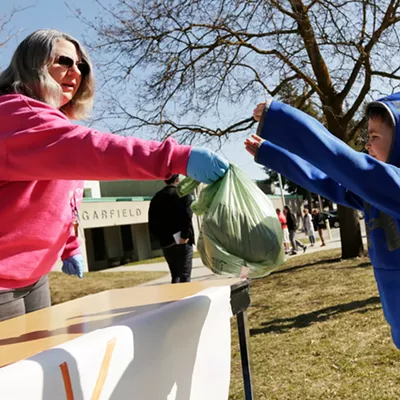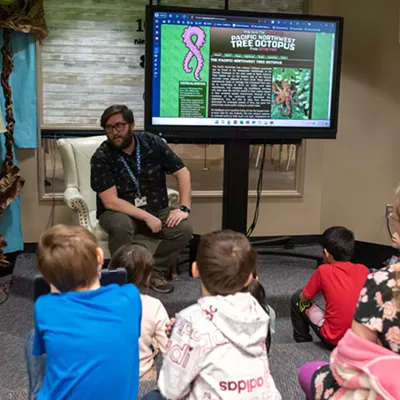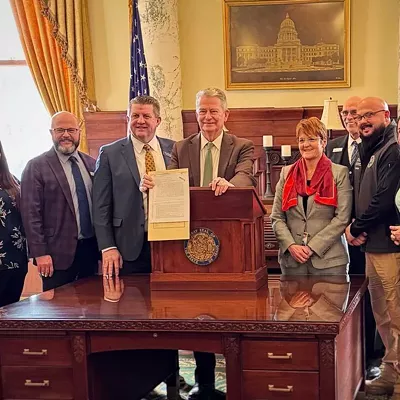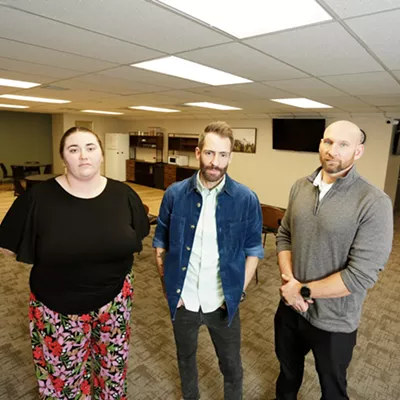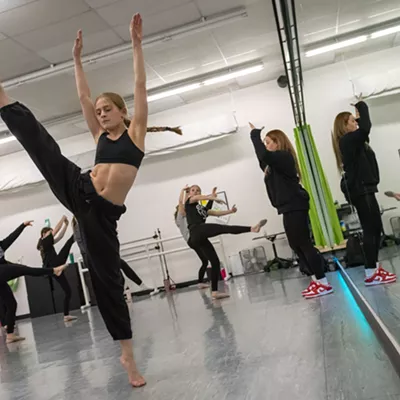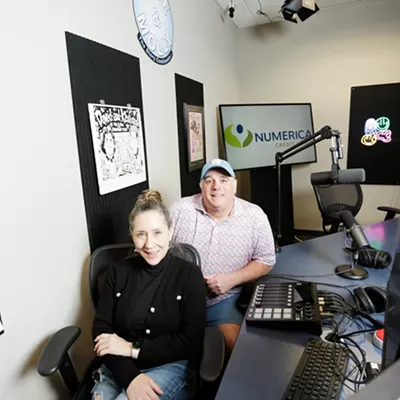
School's out for summer, but for some in North Idaho, school's out for good. During the past few months, school districts across Idaho have been scrambling to deal with budgetary woes caused by a perfect storm of financial changes, including the ending of COVID-era funding, a shift in education funding equations and, for some, the failure of supplemental levies.
Due to these changes, seven Idaho school districts are closing at least one of their schools. In North Idaho, the Coeur d'Alene district is shutting Borah Elementary School and the West Bonner district is shutting Priest River Junior High School, with the latter closing largely because district voters have rejected two supplemental levies in two years.
In a last-ditch effort, the West Bonner School District placed a $4.6 million, one-year supplemental levy on the May ballot. It failed to pass, with only 46% in support.
"I think when bonds [and levies] fail, it's due to the financial conditions of the community," Idaho Superintendent of Public Instruction Debbie Critchfield says. "I've not been to any community that does not value education."
This failure has led the North Idaho district to seek private donations via an online fundraising portal hosted by the Innovia Foundation to make up a $1.07 million shortfall. (Sometimes school districts will partner with independent education organizations or nonprofits to raise funds for smaller things, such as athletic equipment or classroom materials, Critchfield explains, but this is the first time an Idaho school district has ever had to rely on donations in this way.)
"It's easy to sit hundreds of miles and a time zone away and say they should have done this or that, but when you see a [fundraiser like West Bonner's], it speaks to the fact that they truly care," Critchfield says.
West Bonner's fundraiser includes six points of operational funding, ordered by their necessity, including: $86,500 for English language arts curriculum; $72,000 for a school resource officer; $260,000 for two school buses; nearly $500,000 for nine full-time staff positions; $40,000 for updated technology; and $117,000 for facility maintenance.
Additionally, West Bonner's Special Education Director Kristina Kenny — who is also in charge of monitoring this fundraiser — says that a lot of the district's funding shortfall was addressed through common-sense actions. For example, staff who retired or quit this year were not replaced in an effort to prevent layoffs, Kenny says.
As of Monday, July 15 — nearly a month since the fundraiser launched — Kenny says the district has raised $11,270, or about 1% of the goal. She remains optimistic that the district will succeed though.
"The biggest thing is just focusing on the community as a whole and how we're coming together to find a solution," Kenny says. "We're trying to build our school community back to what it's been before."
While voters' refusal to approve supplemental funding has contributed to West Bonner's financial trouble, other Idaho school districts were hit hard by the state's return to the attendance-based funding method used before the pandemic. Under that system, the state based school funding on the average number of students who attended school in the first 10 weeks.
"However, when COVID hit, there wasn't a way to track attendance in a meaningful way," Critchfield says. "The State Board of Education waived the rule on calculating funding based on attendance and decided that funding would be based on students who are enrolled in school."
That shift meant more money for many school districts that might have lost funding due to student absences. But although positive for schools, the change wasn't meant to be permanent. So after three years of an enrollment-based funding model, the Idaho State Board of Education chose to transition back to pre-pandemic funding.
"In order for the rule that was waived to stay in effect, it had to be either waived again or changed by state statute," Critchfield says. "There just wasn't any traction to waive the rule again."
This meant less funding for schools across the state as student attendance dropped during the pandemic and hasn't risen back to pre-pandemic levels, according to Idaho Department of Education attendance statistics. However, the pot of money used for public instruction did not change, just the amount that was being allocated to each school district — most often a decrease in funding — leading to a surplus in the state's coffers.
"Without changing the law to enrollment-based funding, we were always going to be leaving money on the table," she says.
Critchfield says approximately $105 million would have been left on the table for public education had the Legislature not included that supplemental amount in the annual K-12 budget this session.
House Bill 595, which passed the House in a 41-28-1 vote but died in a Senate committee, would have further adapted public school funding to an outcome-based equation.
Schools where more students are "proficient or better than proficient" in statewide standardized mathematics tests would receive more funding because of those student outcomes. Critchfield intends to have the bill reintroduced to the Legislature in 2025.
"I want to do good things for our schools, and this is good policy," she says. "It's not even adding more money to the budget, it's just telling people how to send those funds out." ♦
Editor's Note: This story was updated on July 18 to clarify what happened to the $105 million in funding. It was actually included in this year's budget.


